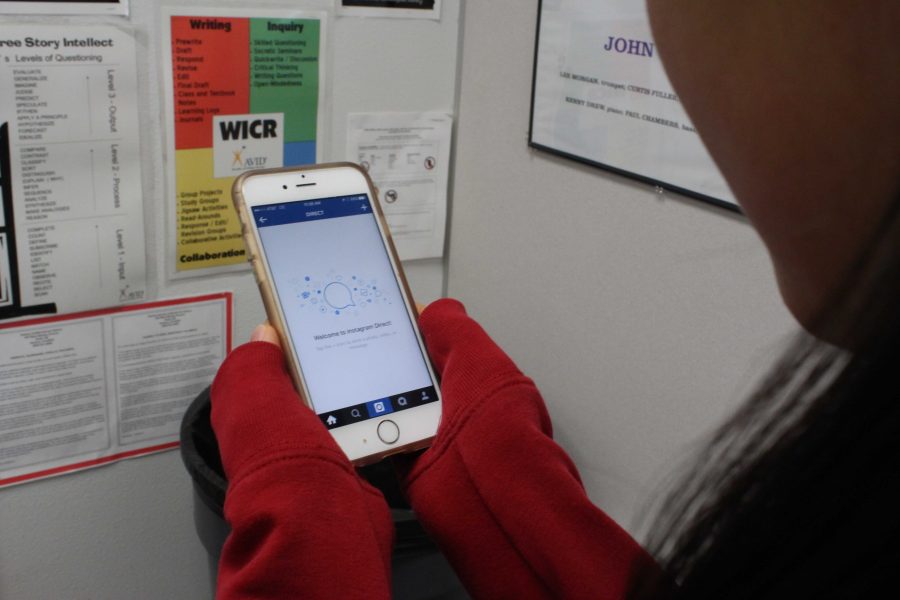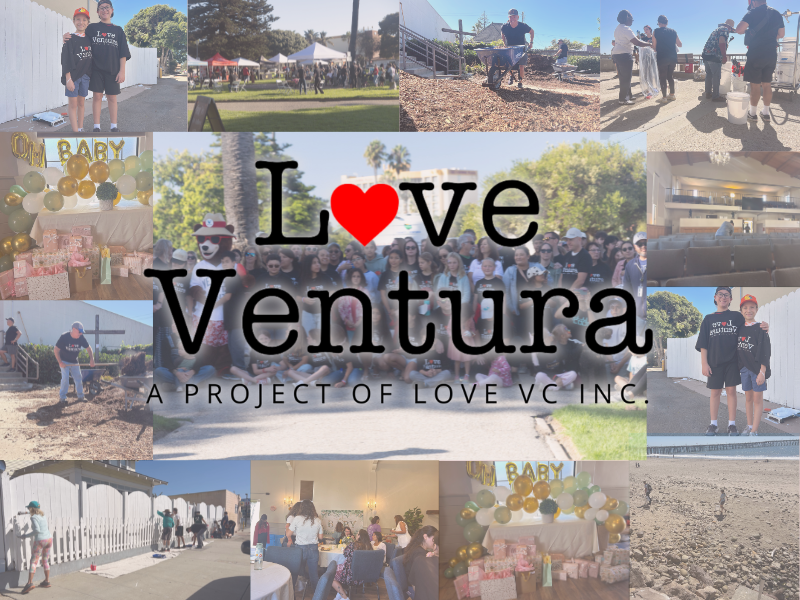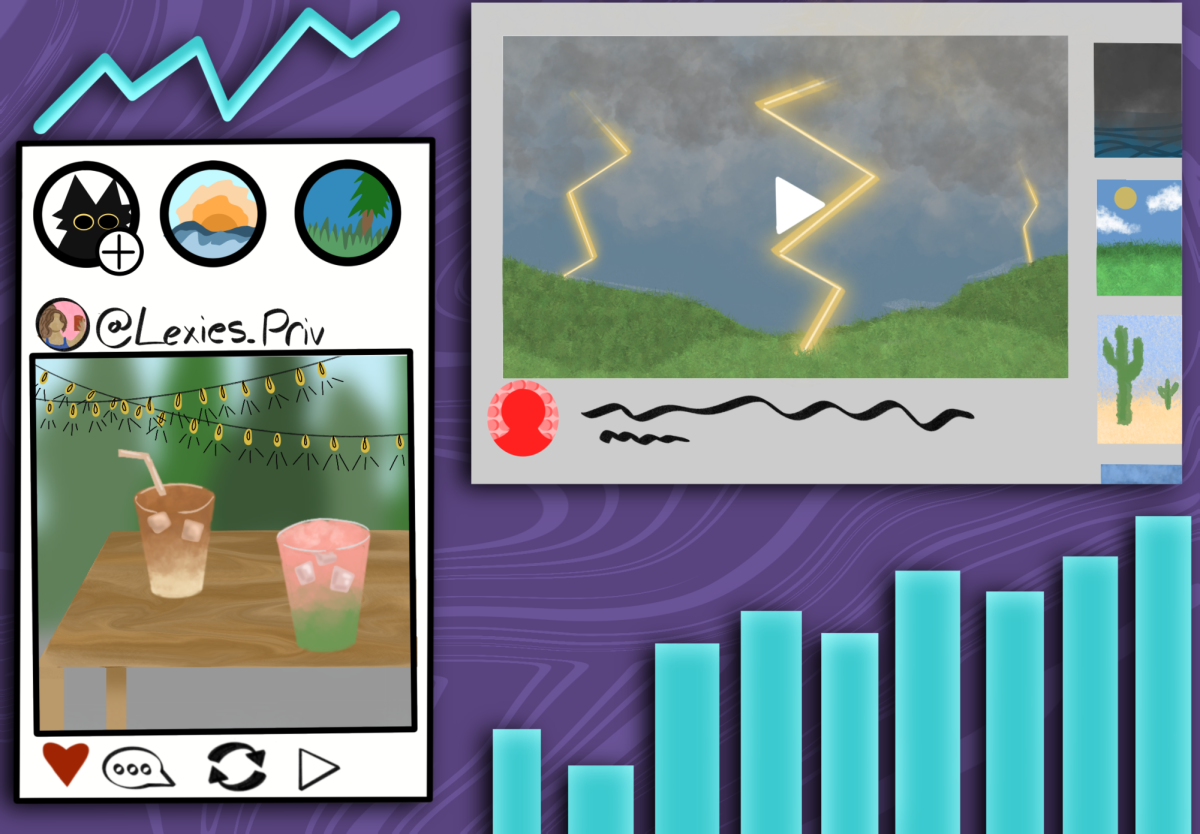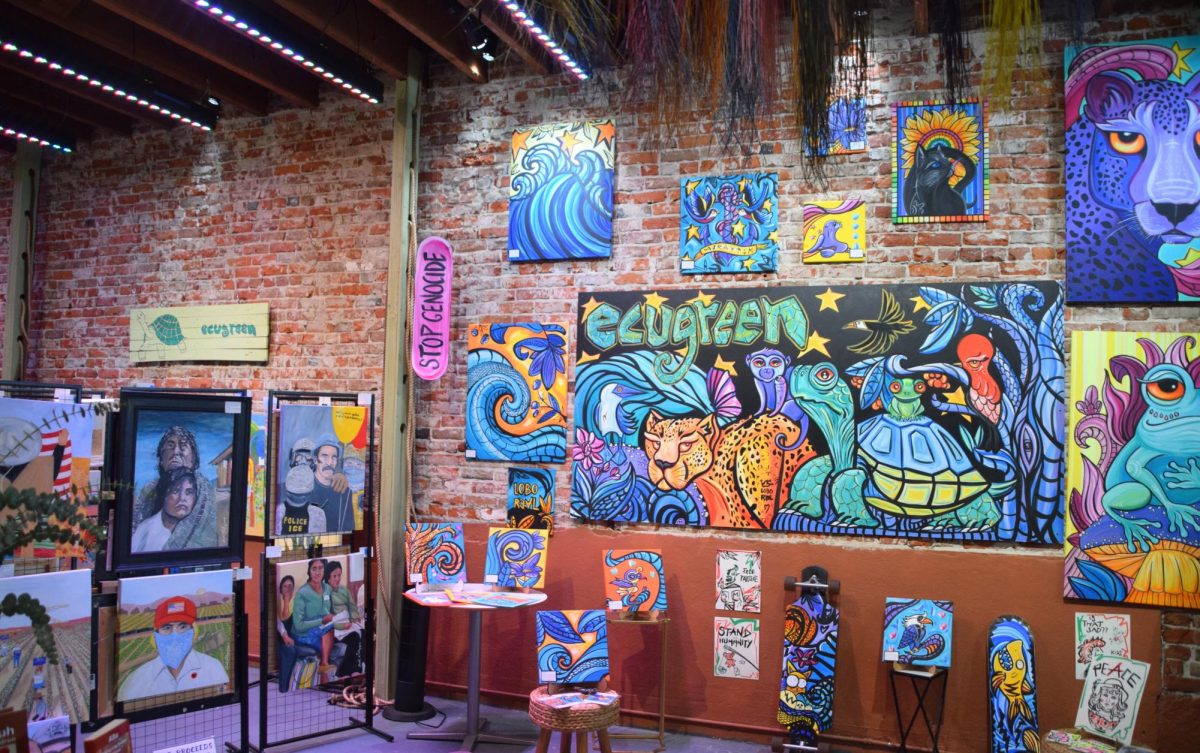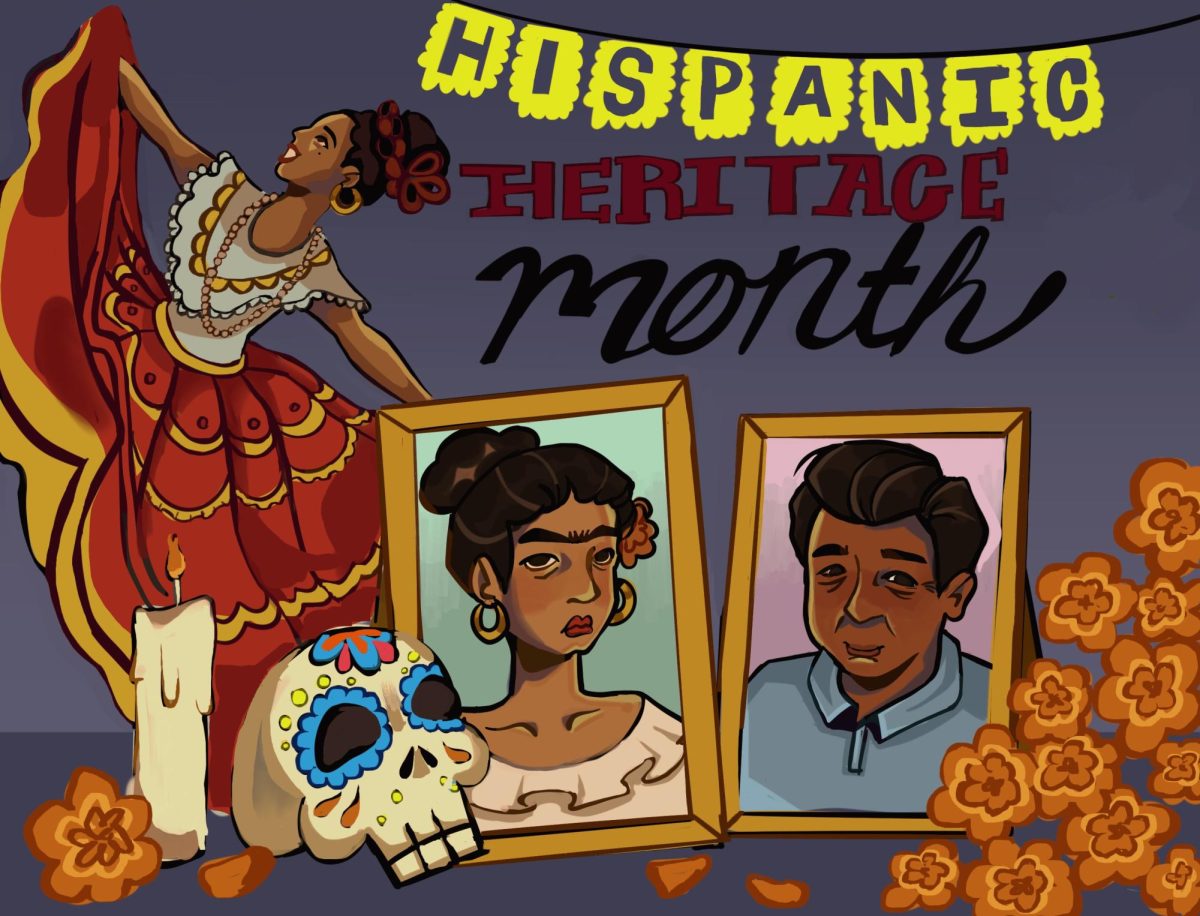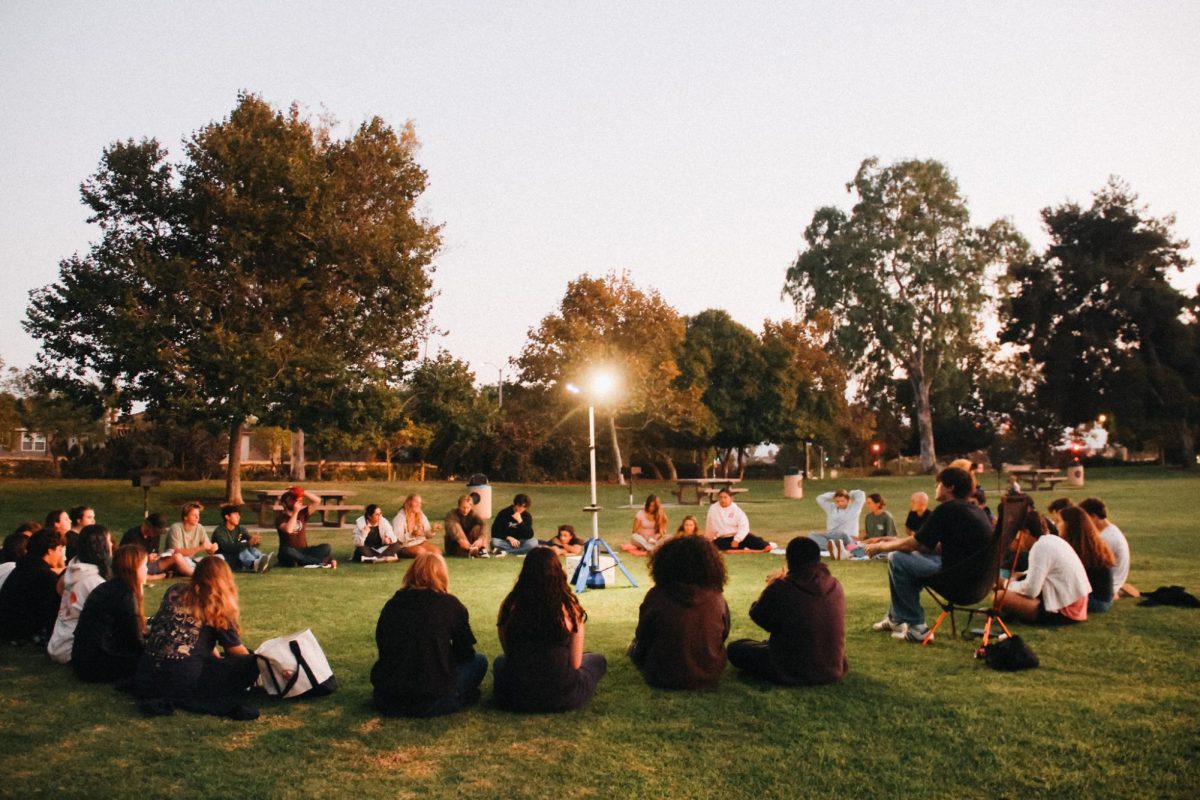In 2014 it was estimated that 74 percent of all adult internet users were on social media. This burst of connectivity around the globe has allowed people from around the world to communicate with others almost instantaneously. Never before has it been possible to connect with so many people of different ages, races, religions, nationalities, etc. in one place in so little time.
“If you don’t have their phone number you can easily contact [someone],” sophomore Justice Sampson said.
But are these real connections? Has the “screen-to-screen” nature of social media hindered our ability to make connections face to face? Is there a vital part of communication we are missing in the world of text messages, selfies and status updates?
In most situations, only 7 percent of human communication is actually based on the words being said. The other 93 percent is made up of 55 percent body language while the other 38 percent relies on tone of voice. While emoticons and options to insert a “feeling” into a status update help to aid in communicating more than just expressionless text, it does not entirely make up for the loss of body language.
Social media gives anyone with Internet access to billions of people around the world, except that the connections they make can be limited. By communicating through short, concise boxes of text, people miss out on the important factor of eye contact, posture, tone, gestures and facial expressions.
[soundcloud url=”https://api.soundcloud.com/tracks/240937569″ params=”color=ff5500&auto_play=false&hide_related=false&show_comments=true&show_user=true&show_reposts=false” width=”100%” height=”166″ iframe=”true” /]
Without the ability to see the person on the other side, it is much easier for people to put on a persona or say things they wouldn’t say face-to-face. It gives bullies a larger platform and their victims no means of escape. Social media can also allow people to hide behind the façade of a carefree and happy life, even if they are struggling.
“[On social media] you can be with someone in the ’chatty’ way, but it’s better to be face-to-face,” junior Laina Feath said. “Talking online you don’t get to hear the tones of people’s’ voices, face-to-face you can do so much more.”
“[Social media] is used just to show what you’re eating or just what you’re doing […] or making weird faces. […] I’d rather just text someone if I want to hang out,” Feath said.
That is not to say that all of social media is worthless or damaging. For many, social media is a place to reconnect with old friends or find others with similar interests or experiences. When used correctly, it can be a platform to stimulate communication.
“There are some people who love to talk, […] then there are other people who are nervous and can’t take the pressure of face-to-face,” Sampson said.
Now more than ever, businesses are turning to social media for advertising purposes. Nonprofits are finding great success in using social media as methods to raise awareness or to launch crowdfunding campaigns. What’s more, it’s creating a generation of so-called “content creators.”
These creators are using social media to share what they have created with a larger audience; whether that be funny videos, music, photographs, a blog or something else. This has caused a shift from consumerism to to creation.
Social media has become a place of not only communication, but also involvement, something companies have jumped upon. Ordinary consumers are now involved in the naming of a new sports drink or the launching of a new product.
For others, social media has become a haven, a place to connect with people like them. Connectivity is easier than ever before, and it’s not difficult find to find people who agree or disagree with you. Chat rooms, message boards, and private groups for specific interests or experiences are easy to find and allow possibly isolated individuals to find someone with whom they can relate.
Featured Photo Credit: Jessie Snyder/The Foothill Dragon Press


